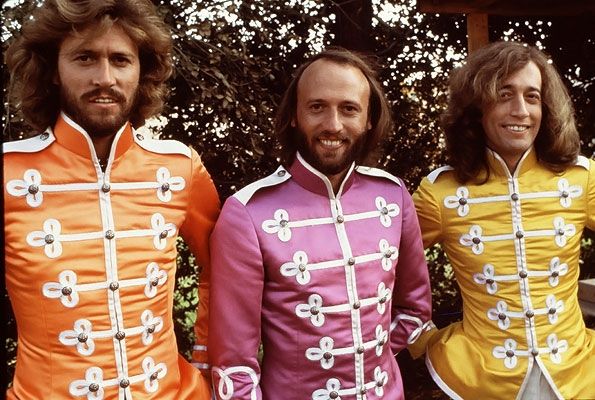
Little Maurice Gibb, before he was a Bee Gee, fell into a river with the family pomeranian, his siren suit bloating with water. His brother Robin crashed his bicycle into a van, going unconscious for two hours and amnesiatic for six. Ten years later, he survived the Hither Green train accident, in which forty-nine people died. An eighteen month old Barry Gibb yanked on the tablecloth, dousing himself with a full, freshly boiled pot of tea. He fell into a coma, and gangrene grew in his burns. Barry didn’t speak, sing, or even audibly cry for over a year after he returned home from the hospital. A photograph of Barry, decades later: he wears tight jeans, the faded denim pulled taut over his bulging crotch, a thick gold watch and gold necklace, and a red track jacket fully unzipped, lifted open by the wind to reveal pink glades of scars across his woolly chest.
You have reached your article limit
Sign up for a digital subscription and continue reading all new issues, plus our entire archives, for just $1.50/month.
Already a subscriber? Sign in




